
History
Lost legacy: The history of Liverpool Castle
2 years ago

There’s a reason why Castle Street is named just that, for those of you who don’t know… we had our very own castle! But where did it go?
Liverpool Castle played a significant role in the city’s early years, witnessing its growth and transformation, standing tall on (what is now) Castle Street for nearly 500 years.
Liverpool Castle was erected during the 13th century (between 1232 and 1235), a testament to the strategic importance of our burgeoning port town.
The castle was constructed atop a specially designed plateau, featuring a 20 yard (18m) moat carved out from solid rock.
The main structure of the castle included a gatehouse flanked by two towers situated at the northeast corner, facing Castle Street, while three round towers adorned the remaining corners… with an additional one added later in 1442.
Connecting the four towers were four curtain walls, where the northern and southern ones were strategically set back to allow command from the towers. Within the castle grounds, there was a hall and chapel that were interlinked with the southwestern tower, alongside facilities like a brewhouse and a bakehouse.
A passageway ran beneath the moat towards the river’s edge. The courtyard was partitioned by a wall extending from the north to the south. Below the castle walls, a dovecote was present, while an orchard extended from the castle to the Pool in the east.
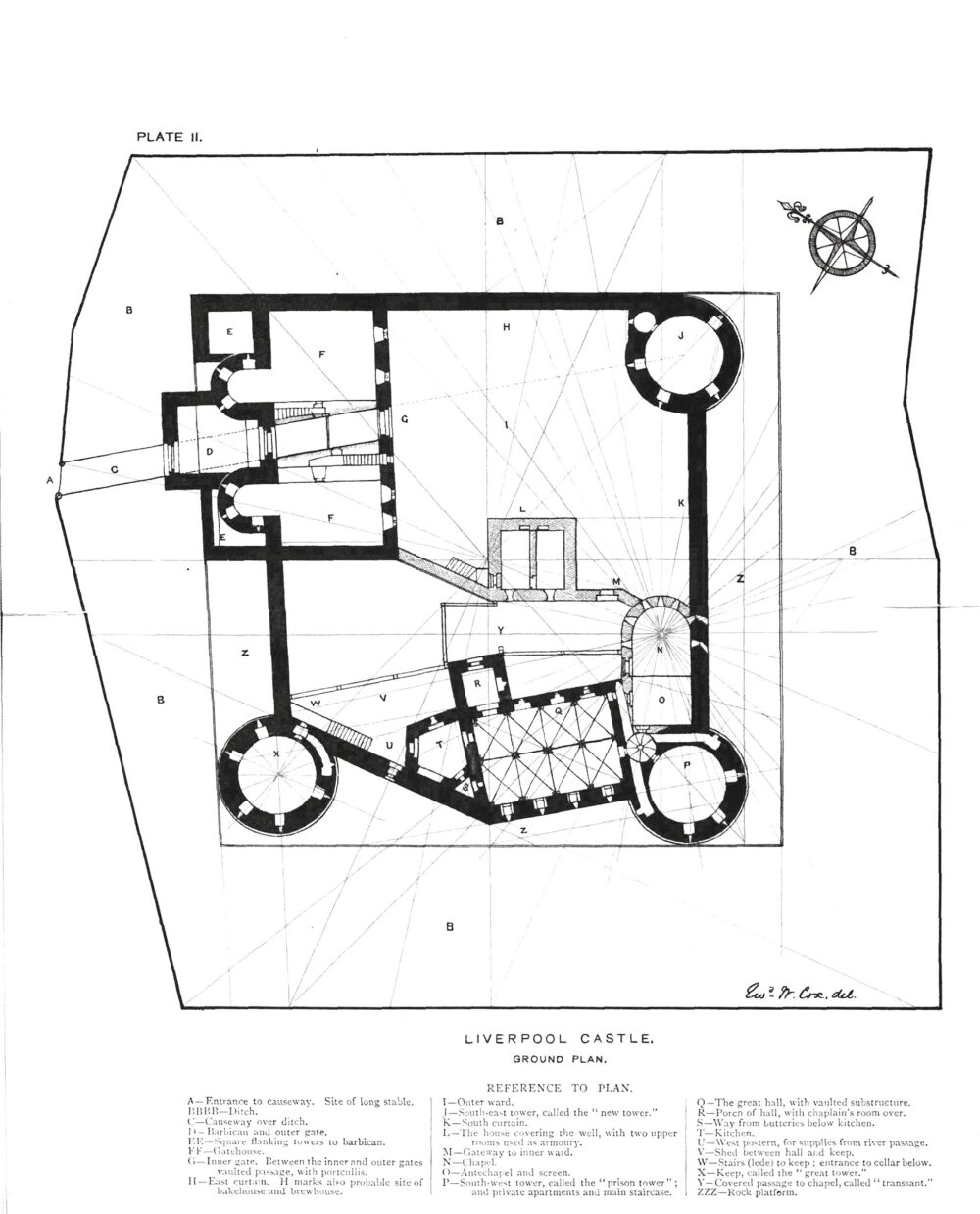
The Liverpool Castle was erected to safeguard King John’s recently established port and was strategically positioned atop what is now Lord Street, the city’s highest elevation providing a vantage point over the “Pool”.
Following the death of William de Ferrers (who was in control of the castle at the time) in 1247, his son, also named William, inherited both Liverpool Castle and West Derby Castle.
The next in line for the title was Robert de Ferrers, who later rebelled against King Henry III. As a consequence, he was apprehended, initially being detained in the Tower of London and later in Windsor Castle.
The Crown stripped Robert of his lands and title!
It was at this time that King Henry III bestowed the confiscated land, including Lancaster, upon his second son, Edmund. And in July 1266, Mary de Ferrers, the wife of the forfeited Earl… and niece to the King, was instructed to relinquish control of the castle!
Possession of the castle and lands passed to Edmund, who then transferred them to his son and successor, Thomas (2nd Earl of Lancaster).
It was under the governance of Thomas that Liverpool experienced gradual development.
However, the earl showed limited interest in our city, eventually gifting the castle and its surrounding land to Robert de Holland in 1315.
This act of patronage by Robert de Holland led to some discontent among other landowners. On October 25, of the same year, local landowners united in a rebellion, launching an assault on the castle…
Don’t get too excited though, they were swiftly defeated within an hour, marking this as the sole recorded attack on the castle before the English Civil War. After this, control of the borough of Liverpool reverted to the Crown between 1315 and 1323.
Early in the reign of Edward III, Liverpool served as a port of embarkation for the King’s military campaigns against Scotland and Ireland. The castle was also used, during this time, to provide shelter to men fleeing from the Scots.
By October 2, 1559, the castle was documented as being “in utter ruin and decay.” Recognising the potential detriment to the town, it was decided that the castle should undergo repairs, with an estimated cost of approximately £150.
The decision to proceed with repairs was made to prevent significant defacement to the town of “Litherpole”.
During the era of Charles I, Lord Derby seized control of the castle. However, the tides of possession changed hands in 1644 when Prince Rupert and his forces took command, only to be reclaimed later by Sir John Moore. The castle’s fate saw another turn in 1689 when supporters of William III seized control.
A pivotal moment arrived on March 5, 1704, when the burgesses secured a lease for the castle and its site from the Crown, valid for fifty years. This move faced opposition from William Molyneux, 4th Viscount Molyneux (Earl of Sefton), who contested the hereditary constableship claim, causing a delay in settling the lease until 1726.
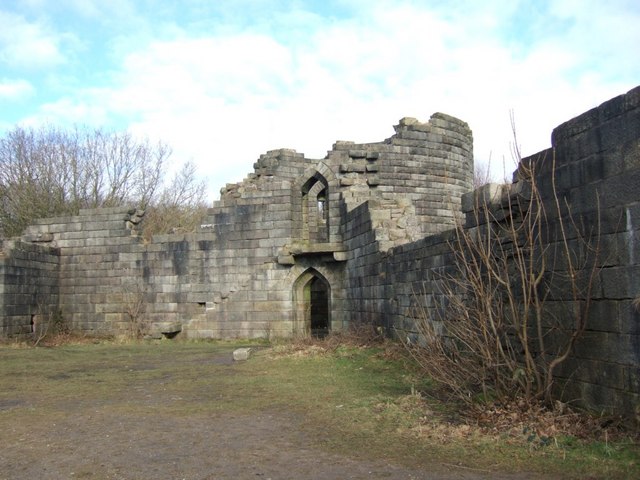
By the 18th century, Liverpool Castle’s military significance dwindled, and the decision was made to dismantle the structure.
The castle, once a guardian of the port, began to fade into obscurity as Liverpool embraced a new era of trade and commerce.
The decisive moment for the castle’s transformation occurred in 1715 with the passing of an act of Parliament mandating the demolition of the castle to make way for a new church. It was during this time that the last remnants of the castle’s ruins were removed!
St George’s Church emerged on the castle’s grounds and was consecrated in 1734. Subsequent years witnessed a series of transformations on the site.
By 1825, St George’s Church was replaced, only to be demolished in 1899.
The Victoria Monument rose in its place in 1902, enduring as a testament to the evolving landscape of Liverpool.
The echoes of Liverpool Castle’s legacy persisted into the 20th century. In 1976, as Castle Street underwent excavation for the Crown Courts building, remnants of the past were resurrected. The new construction of the courts paid homage to the castle’s architecture.
Pieces of the castle found a second life elsewhere. In the surroundings of Lever Park in Rivington, located near Chorley, there’s a scale replica of Liverpool Castle known as Rivington Castle. Built in 1912, this castle had aspirations to recreate the grandeur of its medieval counterpart.
The meticulous construction of this folly, however, did not reach completion. The replica at Rivington Castle stands as both a testament to Sir William Lever’s visionary pursuits and an incomplete ode to Liverpool Castle’s storied past.


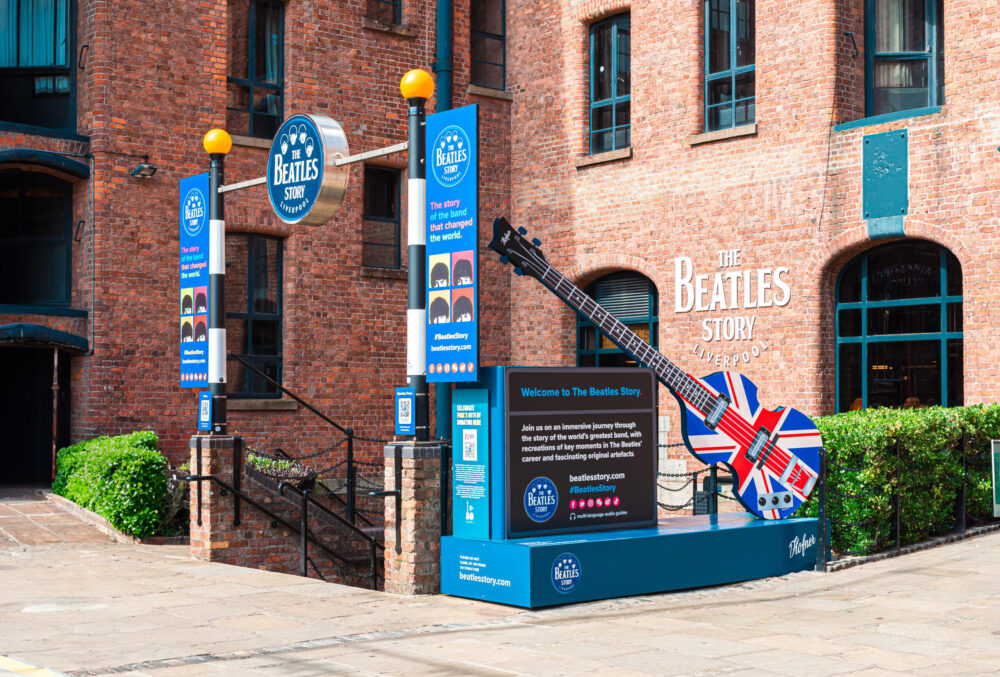
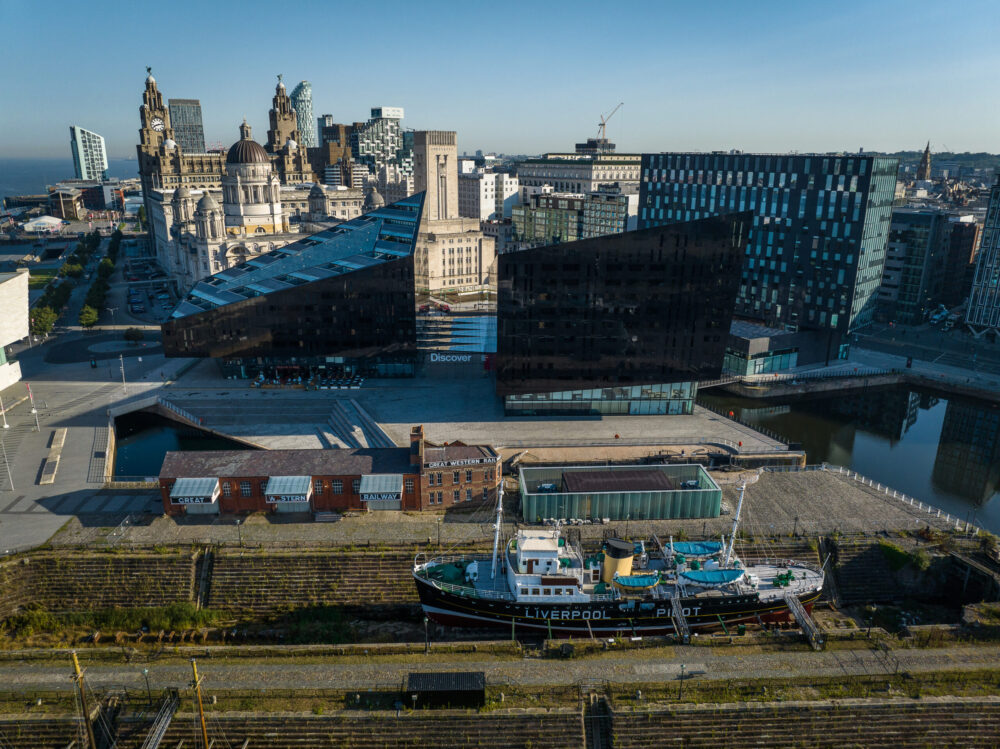

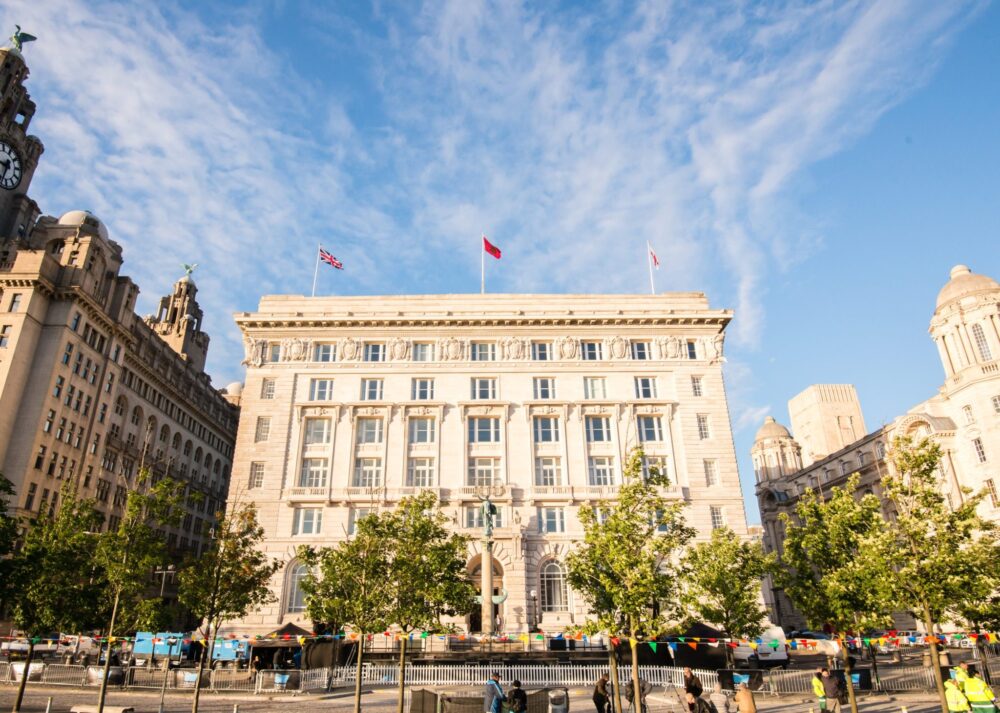
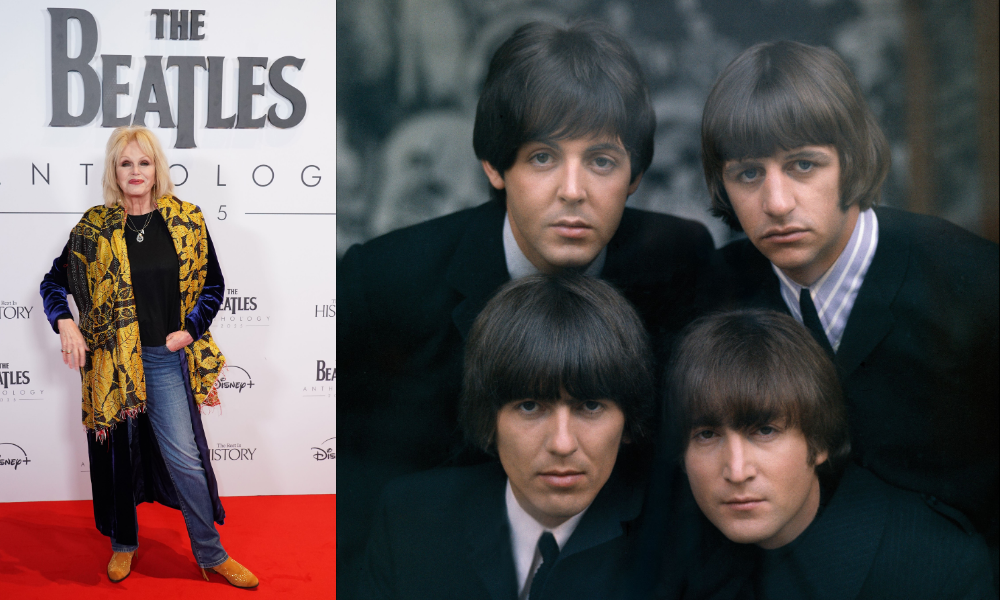
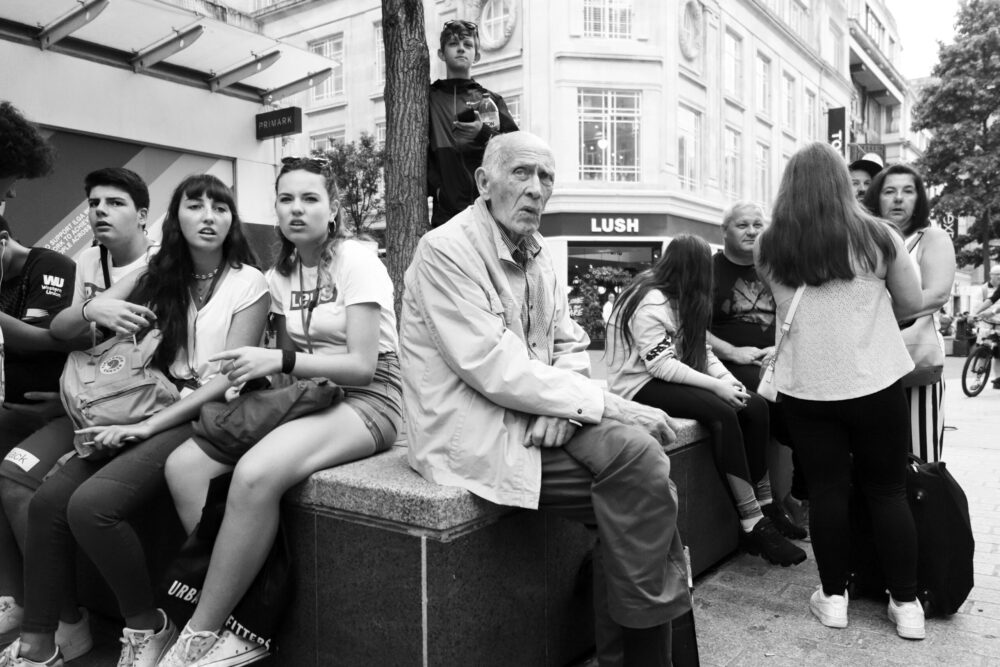
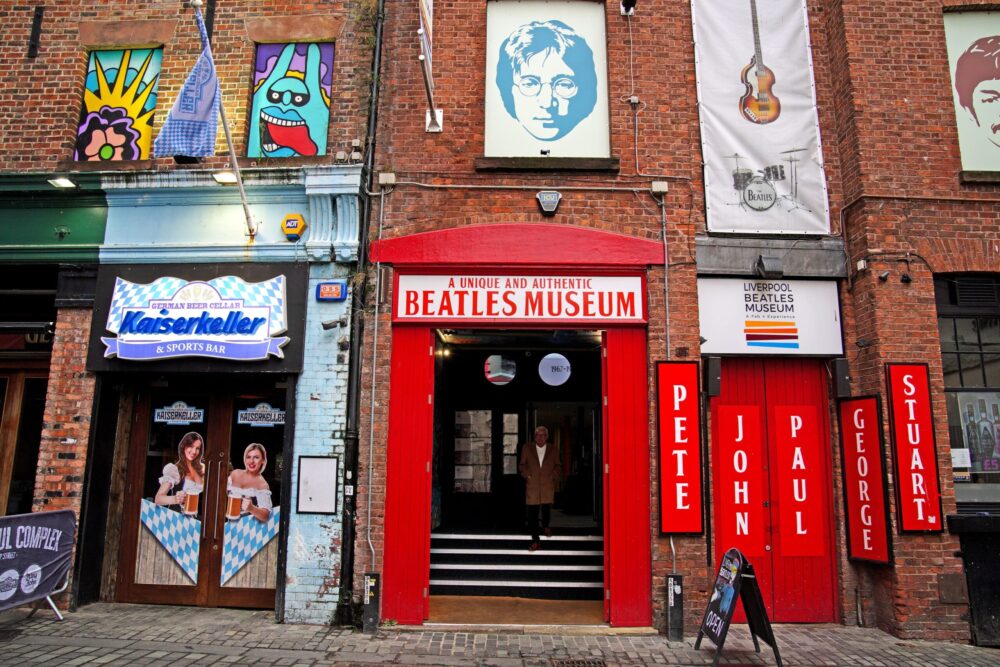
 Subscribe
Subscribe Follow Us
Follow Us Follow Us
Follow Us Follow Us
Follow Us Follow Us
Follow Us Follow Us
Follow Us











